
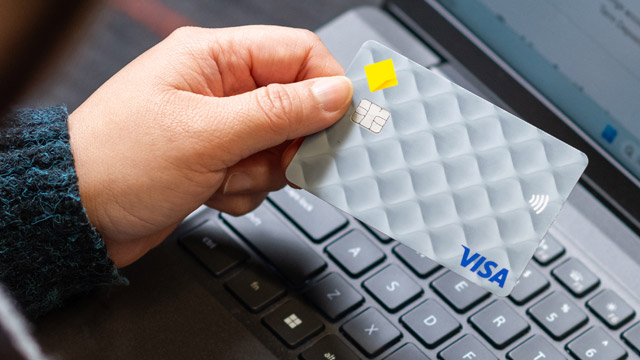
Having an Australian bank account gives you easy access to your money whilst you are enjoying your student life in Adelaide.
You can open a bank account with a bank of your choice. The big four banks in Australia - ANZ, Commonwealth Bank, NAB and Westpac, all offer banking options specifically tailored to international students studying in Australia.
There are also local banks such Bank SA and Bendigo Bank that offer bank accounts for students.
Establishing a bank account in Australia is generally free and easy. In some cases you can open an account online, or visit a bank branch in Adelaide with your passport, a copy of your visa or student ID, an address in Australia, and your Australian mobile phone number.
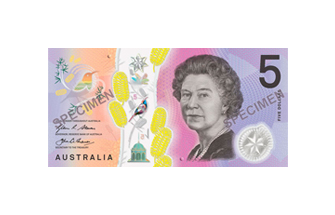
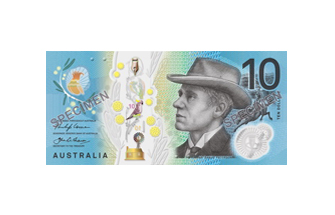
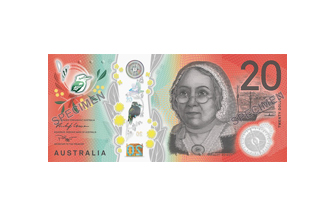
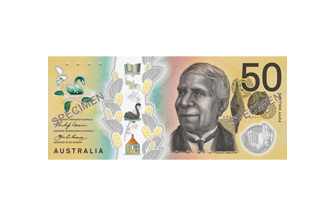
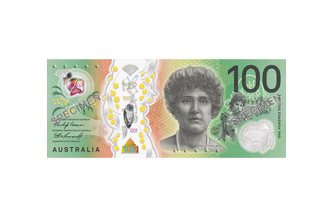
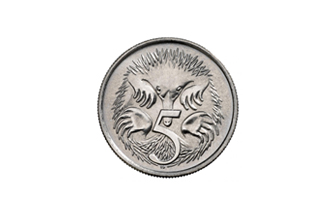
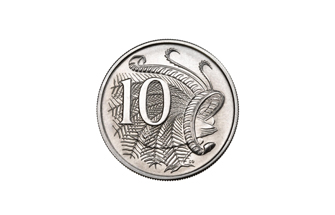
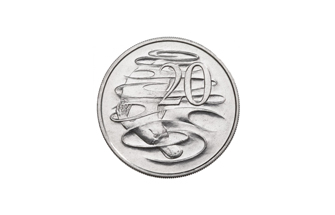
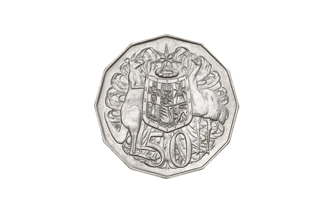
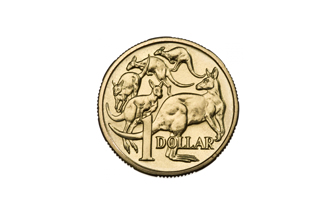
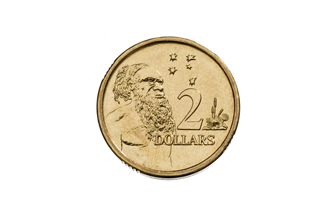











Here are some common terms used in Australia around banking and finance.
Automatic teller machine.
A sefl-service outlet to withdraw money and perform common banking tasks without needing to go into a bank branch.
A service that allows you to pay your bills using internet baking or phone banking.
Electronic funds transfer at point of sale.
A point-of-sale electronic payment system widely used by Australian businesses. You can use your debit or credit card to pay for things using an EFTPOS facility.
Also known as an ATM card. This allows you to directly access the money in your bank account through ATMs and EFTPOS.
Goods and services tax.
The Goods and Services Tax is a tax of 10% on most goods, services and items in Australia.
Prices displayed in shops must include the GST amount if it is payable.
PayWave (Visa) or PayPass (MasterCard) are contactless payments and are accepted at most shops in Australia.
Contactless payment allows you to pay for purchases under $100 by tapping your card against the reader. There is no need to sign or enter your PIN.
Your Personal Identification Number (PIN) is a four to six-digit number used as a security code to access your bank accounts when you use phone banking, ATMs, or EFTPOS.
A day-to-day bank account which gives easy access to your money.
PayID® allows you to use a mobile number or email address as a way to receive fast payments.